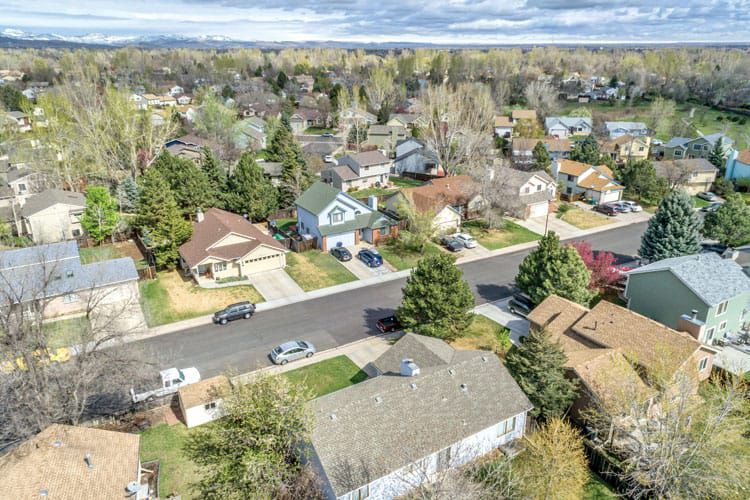Editorial: Affordable-housing measure the wrong solution to problem
Sometimes, a house looks great on Zillow, but closer inspection reveals a leaky roof, design flaws and a crumbling foundation.
The same is true for legislation and proposed ballot measures, including Proposition 123, a statewide ballot issue designed to create a pool of funds for affordable housing in the state.
Who could argue with the concept? After all, housing prices have skyrocketed in Colorado, both for rentals and purchases. And with rising interest rates, it’s becoming more difficult for would-be buyers to afford a home.
But, as with a home purchase, closer inspection is warranted.
Proposition 123 would “dedicate state revenues collected from an existing tax of one-tenth of 1 percent on federal taxable income of every individual, estate, trust, and corporation” for affordable housing.
Sixty percent of the dedicated revenues would go toward affordable-housing financing programs to reduce rents, purchase land for affordable housing and build assets for renters. Forty percent would support affordable home ownership, local planning capacity and other programs.
These funds would be exempted from revenue limits imposed by the Taxpayers Bill of Rights, or TABOR. Housing programs would be administered by the Office of Economic Development and International Trade and the Colorado Department of Local Affairs, which would receive $145 million in the 2022-2023 state budget and $290 million in succeeding years.
There’s no doubt that affordable housing represents a dire problem for Colorado residents and economic-development initiates. As rents and home prices soar, the state becomes less attractive to companies looking to expand here. And renters stuck in a hopeless cycle of soaring lease costs might find that they need to move in order to afford to purchase a home.
But Colorado’s housing crisis stems from a basic law of supply and demand: Housing construction has not kept pace with increasing population.
Too often, housing projects are mired in nimbyism, as residents resist efforts to increase density in their neighborhoods. High-density projects often are resisted by city councils. Zoning restrictions make many projects unfeasible. Developers of condo projects still fear aspects of construction-defect laws that virtually halted condo projects for years.
Proposition 123 hamstrings state legislators in terms of spending priorities, preventing them from reallocating funds where needed. (Think K-12, higher education, transportation or a host of other priorities.)
Not only would the measure reduce TABOR refunds in good years, but it would force cuts in other programs when surpluses run dry.
The solution to Colorado’s affordable-housing crisis is not to earmark huge chunks of the state budget. The solution is to promote new housing development.
Source: BizWest




